Beyond the Roman Baths: A Traveler's Guide to Bath, England
- Ashley Oñoz-Wright

- Mar 2, 2023
- 8 min read
Updated: Jul 11, 2023

Let’s clear a few things up; you’re probably researching a trip to Bath, England and keep seeing names like “Bath, Somerset,” or “Bath Spa” or “Bath City,” and you’re just trying to make sure you’re making your way to that glorious UNESCO World Heritage site just outside of London. First off, Bath is the name of the town, Somerset is the county, Bath Spa is the train station as well as the university, and Bath City is the football team (soccer for you American blokes).
With its striking cobblestone streets winding their way through honey-hued Georgian buildings, Bath is a must visit destination in southwestern England. Nestled in the rolling hillsides of Somerset, you’ll be whisked back in time from the minute you step foot on those ancient, cobbled streets. It’s a wonderful place to spend the weekend, getting away from the hustle and bustle of city life and it also serves as a good home base if you’re traveling on to see Stonehenge, Bristol, or the Cotswolds. Let's take a closer look at our Bath travel guide.
Is Bath, England worth visiting?
This is a resounding, YES. Bath is an absolute stunner. It oozes old-world English charm and is the perfect blend of Georgian history meets a more contemporary and high-end experience. It’s got everything you could ask for, incredible period architecture, luxurious spas, vibrant museums, sprawling outdoor spaces, great food, and it’s steeped in history with ties to the Monarchy. Whether you're a wellness traveler looking for a respite, a Jane Austen or Mary Shelley fan, or you just plain want somewhere gorgeous to spend your weekend, Bath has something to offer you.
How to get to Bath, England
By Train
London’s Paddington Station to Bath Spa
We took the Great Western Railway train from a bustling Paddington Station in central London. Travel time is roughly one hour and twenty minutes, but we went during the holiday season and the trains were delayed thanks to railway strikes. Trains run every day from London, about every 30 minutes and although it’s a direct train, there are stops in Reading, Didcot Parkway, Swindon (Wilts) and Chippenham. Even though we ran into some hiccups, especially because our train was supposed to have nine cars but was condensed to five, this would still be the way we’d choose to travel to Bath. We paid $47 (£39) round trip, per person.
By Car
Heathrow Airport to Bath
If you’re coming from Heathrow Airport, it’s about 100 miles (161 km) away and should take you a little under two hours to get there. We opted for the train since we were jet lagged and it didn’t seem to be a good time to figure out how to drive on the other side of the road and the other side of the car. Go north on the Terminal 5 roundabout towards Wright Way, then follow the M4 to A46 in South Gloucestershire. Take the exit 18 from M4 for an hour and a half and follow the A46 and A4 to A367 to Bath for another 24 minutes.
By Bus
Heathrow or London’s Victoria Station to Bath Spa Bus Station
The National Express coaches leave from both Heathrow and London Victoria Station. It takes about two hours and fifteen minutes to get from Heathrow to the Bath Spa Bus Station on Dorchester Street. The coaches start departing Heathrow at 8:55 a.m. and the last one leaves at 11:35 p.m. Bus tickets start at $21 (£18).
The rich history behind the Roman Baths in Bath, England
Bath has always been known as a thriving spa town. It’s been a center of culture and commerce for more than a thousand years, with the Romans coming to worship the goddess Sulis Minerva since 60 AD. The natural hot springs were revered for their healing properties and still flow today in what is one of the best-preserved (and only surviving) Roman sites in Great Britain. You can walk on the original stone pavements the Romans walked on, and you can still taste the spa waters they drank with 43 different minerals.
Character actors are placed throughout the bathhouses and swimming pools to tell you what life was like for them 2,000 years ago. Just make sure you ask permission to take their “portrait” and not their “photo,” cameras didn’t exist back in those times, remember? Visitors can explore the historic ruins and take in all the intricate mosaics and sculptures that have been meticulously preserved. Tickets for the Roman Baths start at £17-£20 each.
Can you get in the Roman Baths in Bath, England?
Unfortunately no because it’s a preserved exhibit. But you can still take advantage of the same thermal waters that drew the Romans thousands of years ago, at the luxurious Gainsborough Bath Spa or the swanky Thermae Bath Spa. The mineral-rich hot springs are still the cornerstone of Bath’s wellness industry. These upscale spas boast thermal waters surrounded by beautiful period architecture like a delicate glass dome at the Gainsborough and a rooftop pool with sweeping views of the city at Thermae. Both offer a plethora of different wellness treatments and experiences.
Where to stay in Bath, England
The Gainsborough Bath Spa
The Rosewell House
Royal Crescent Hotel
There are a number of stately boutique hotels in the heart of town. From the gorgeous Gainsborough Bath Spa and The Rosewell House to the luxurious Royal Crescent Hotel and nearby period townhomes, you’ll have your pick of fine and fancy places to stay. We opted to rent a beautiful Georgian townhouse since we were traveling with kids, and we were not disappointed. Bath is small and very walkable, making almost any of the neighborhoods conveniently located to the main attractions. One factor you need to be aware of is parking. There are a handful of car parks around town so make sure to find the nearest one to your accommodations, so you’re not lugging your bags too far, especially on a soggy day.
Things to do in Bath, England
Bath Abbey
Victoria Art Gallery
Royal Crescent
Bath Circus
Pulteney Bridge
Botanical Gardens at Royal Victoria Park
Mary Shelley’s House of Frankenstein
The Jane Austen Centre
Sally Lunn's Kitchen Museum
Bath is so much more than just a pretty face. There’s history, spas, art galleries, museums and so much more. For starters, Bath Abbey has an incredible ceiling from the 1500s that is widely recognized as one of the best examples of fan vaulting in the UK. It was built by master architects Robert and William Vertue but the site itself has been a place of worship for more than a thousand years. Art lovers won't want to miss the Victoria Art Gallery, home to an impressive collection of British and European paintings. The museum lovers will want to see the Roman Baths, Mary Shelley’s House of Frankenstein, The Jane Austen Centre and Sally Lunn's Kitchen Museum. All offer a look into the lives of Bath’s history and notable citizens.

The city's rich history is also reflected in its stunning Georgian architecture, including the Royal Crescent and Pulteney Bridge, which are stunning examples of the elegance and prominence of the 18th century elites who used to come for the thermal baths. The Royal Crescent is a collection of 30 terraced Georgian homes built in a round, crescent shape by John Wood the Younger in the 1700s. Its famous residents have included writers, artists and politicians and most recently, it’s been a filming location for Netflix’s Bridgerton. John Wood the Elder designed the Bath Circus, a similar style of circular townhomes nearby, but passed away after construction began so his son completed this project too.
If you feel like a leisurely stroll in the fresh air, Bath is the place to do it with vibrant parks and gardens like those found at the Botanical Gardens at Royal Victoria Park. And of course, no visit to Bath would be complete without taking advantage of its famous hot springs. The local spas are a must-visit for anyone who wants to relax and recharge, and it's the perfect way to start or end your day in Bath.
Where to eat in Bath, England
The Ivy Bath Brasserie
The Green Bird Café
Bandook
Sotto Sotto
Marlborough Tavern
Olive Tree
From traditional pub grub to gourmet cuisine and truly everything in between, Bath has something to satisfy every foodie's craving. The city offers a good variety of food from all over the world.
Some of our favorites were The Ivy Bath Brasserie, with its fun and playful ambience and great food, The Green Bird Café, for its excellent coffee and shakshuka, Bandook for exceptional Indian street food and small plates and Sotto Sotto for delicious Italian comfort food in a sexy, candlelit wine cellar with stone walls.
If you’re looking for hearty gastro pub food, try the Marlborough Tavern behind the Royal Crescent. And those in search of the well-healed, Michelin star scene, will love the contemporary twist on British flavors at the Olive Tree Restaurant inside the Queensberry Hotel on Russell Street. Word to the wise, it’s best to make a reservation in Bath because the popular restaurants fill up fast.

Where to go for afternoon tea service in Bath, England
The Pump Room
The Bath Priory
The Ivy Bath Brasserie
Sally Lunn’s Historic Eating House & Museum
The Royal Crescent Hotel & Spa
An elegant afternoon tea is something everyone should put on their bucket list. And Bath has several excellent tea rooms to make it a truly memorable experience. Perhaps the most famous of them all is The Pump Room, connected to the Roman Baths, right next to the abbey. With its graceful Georgian architecture, sparkling chandeliers and live classical music, it’s easy to see why it was frequented by the likes of Jane Austen and Charles Dickens.
If the weather is on your side, the luxurious Bath Priory will pack a lovely picnic basket for you to enjoy their delicate finger sandwiches, homemade cakes and pastries and a bottle of bubbly amongst their lush gardens. The Ivy Bath Brasserie, with its stylish and whimsical décor, offers a rooftop terrace with heated umbrellas, an outdoor fire and beautiful greenery to enjoy their delicious selections of sandwiches and cakes.
While Sally Lunn’s is the oldest tearoom in Bath, dating back to the 1600s and famous for Bath buns, a sticky and sweet sugared roll. And of course, the swanky Royal Crescent Hotel & Spa, a five-star hotel that offers a traditional afternoon tea in its beautiful gardens. The tea includes a selection of sandwiches, scones, and pastries, all served with a choice of teas or champagne. Our best advice, try as many different tearooms as possible, they’re all a fascinating look into Bath’s time-honored traditions.
Where to find traditional British pubs in Bath, England
The Star Inn
The Raven
The Salamander
Like the rest of the UK, Bath has a rich pub culture with plenty of charming and historic establishments to explore, each with its own unique character and atmosphere. Voted the pub of the year in 2022 and listed on the National Inventory of Heritage Pubs, The Star Inn is a shining example of a traditional multi-room English pub. It retains much of its original character from the 1700s with its low ceilings, wooden beams and a cozy fireplace. It serves a selection of local ales and ciders on tap and in the summertime, there’s a beer garden. We ducked into the Star Inn on a very wet and chilly evening, and it was a great place to warm up next to the fire and chat with the locals as we were the only non-locals there.
Closer to the center of town, The Raven has stood sentinel for the last 300 years, but the building was converted into a pub in the early 2000s. The two-story pub offers both upstairs and downstairs bars with rows of antique wooden pews and soaring windows with lots of natural light. It’s a family-owned and operated Free House (meaning it can sell whatever beers it chooses) that offers several cask ales and piping hot pies and mash made to order. That’s pot pies and mashed potatoes for anyone still scratching their heads.
The Salamander, or the Sally as the locals call it, is hidden down a side street near Bath’s bustling Milsom Street. While it has traditional pub food and authentic Bath ales, one thing that stands out as unique are the vegan and gluten free options. The menu is traditional British fare with a contemporary twist, and they’ve made it their mission to use locally sourced ingredients where available.
More from our Traveler's Guide to Bath, England

Ashley Oñoz-Wright has been a travel writer and editor based in Las Vegas, NV for the last ten years. Her work has been featured in Manifesting Travel, Modern Luxury, Sophisticated Living, Greenspun Media Group, Vegas.com and LasVegas.com. She holds a degree in Sociology & Anthropology from DePauw University.
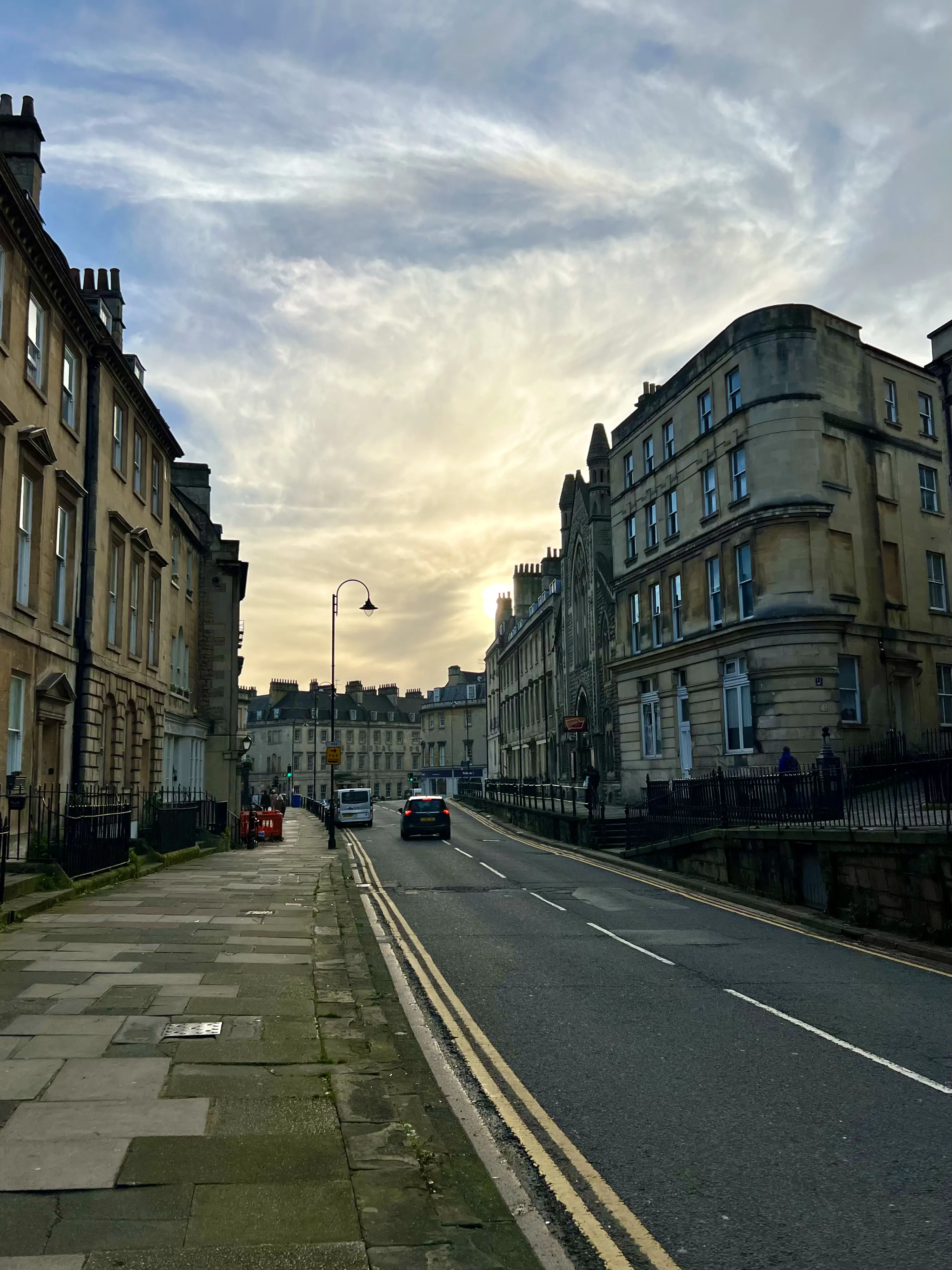
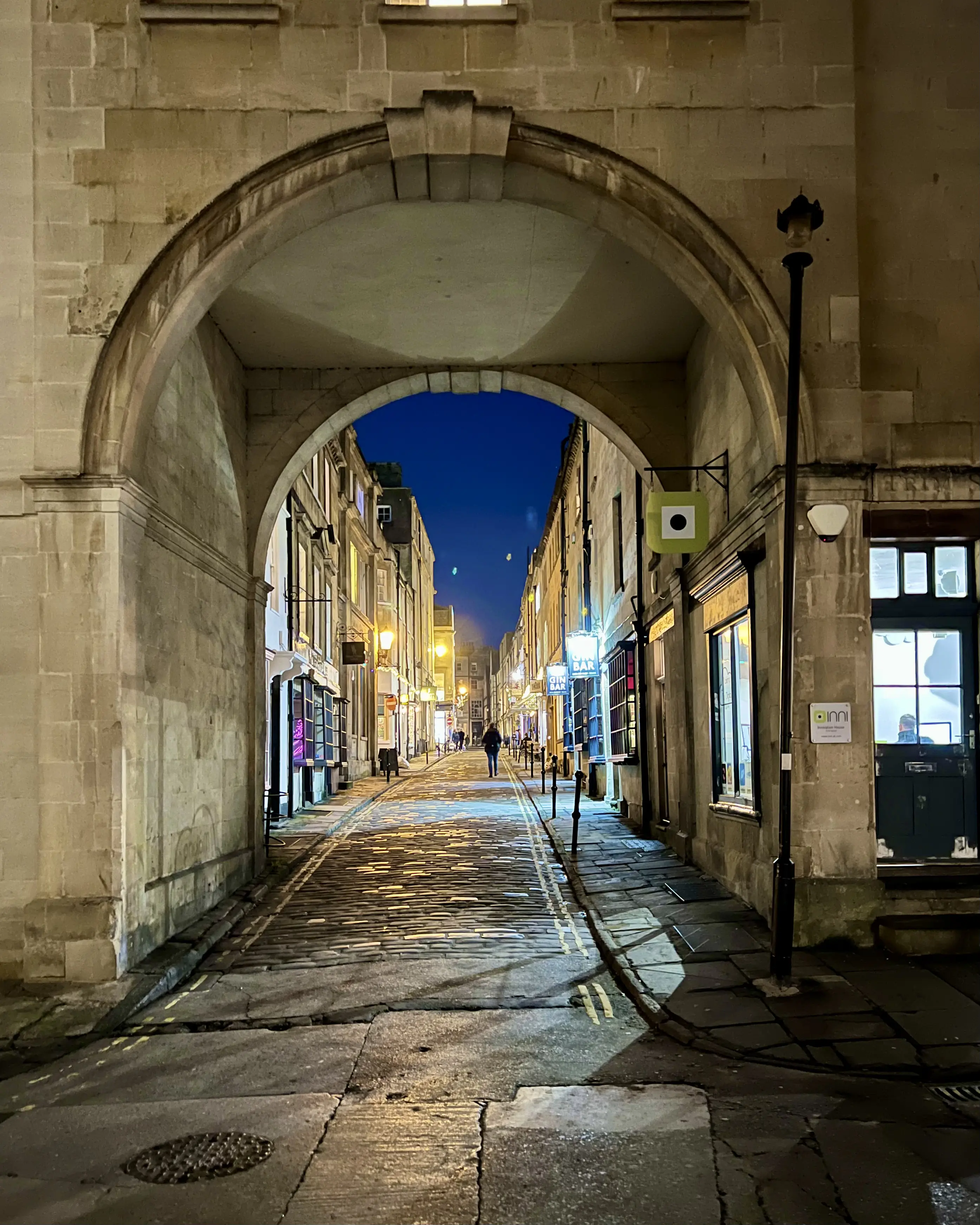

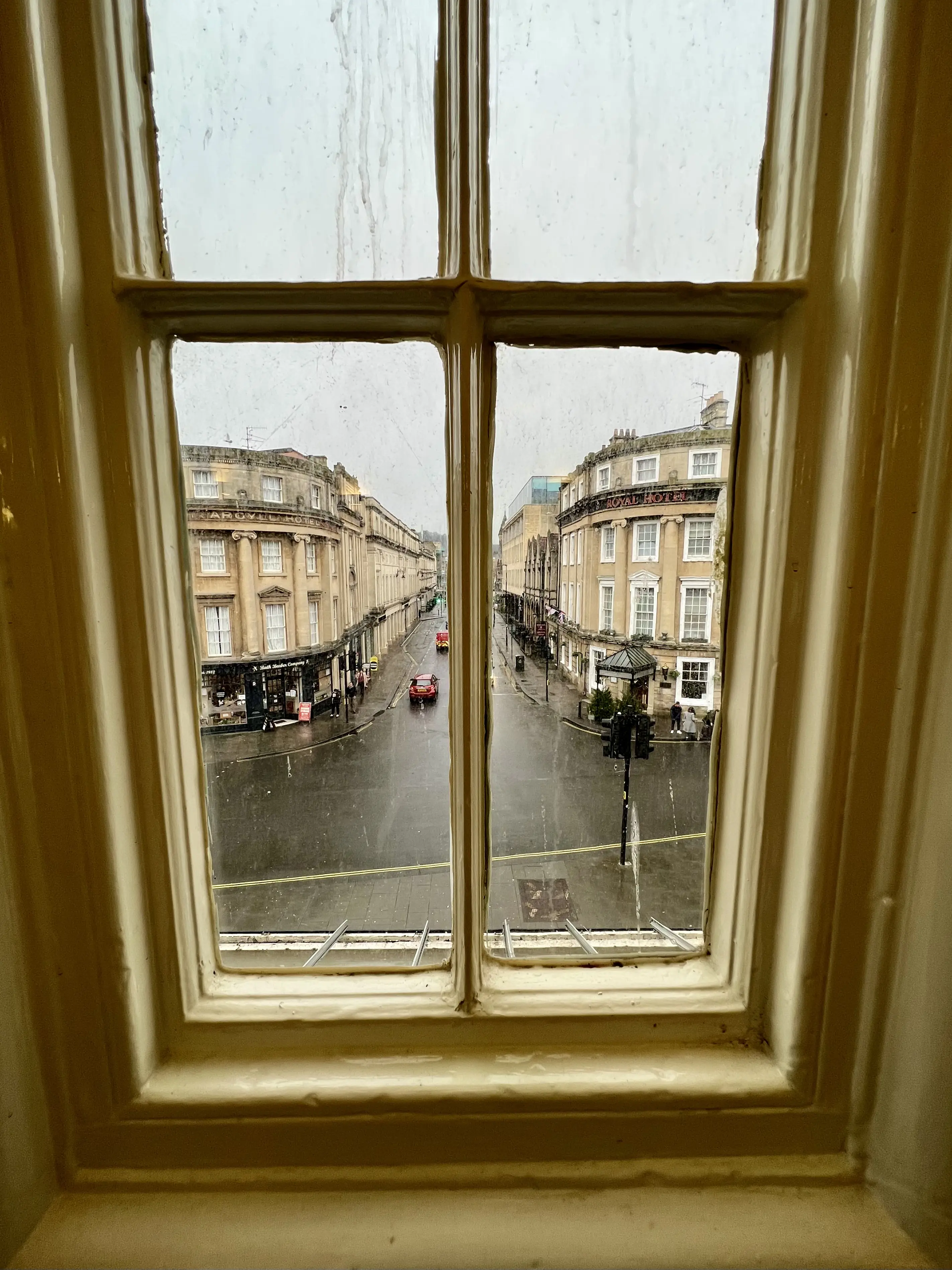
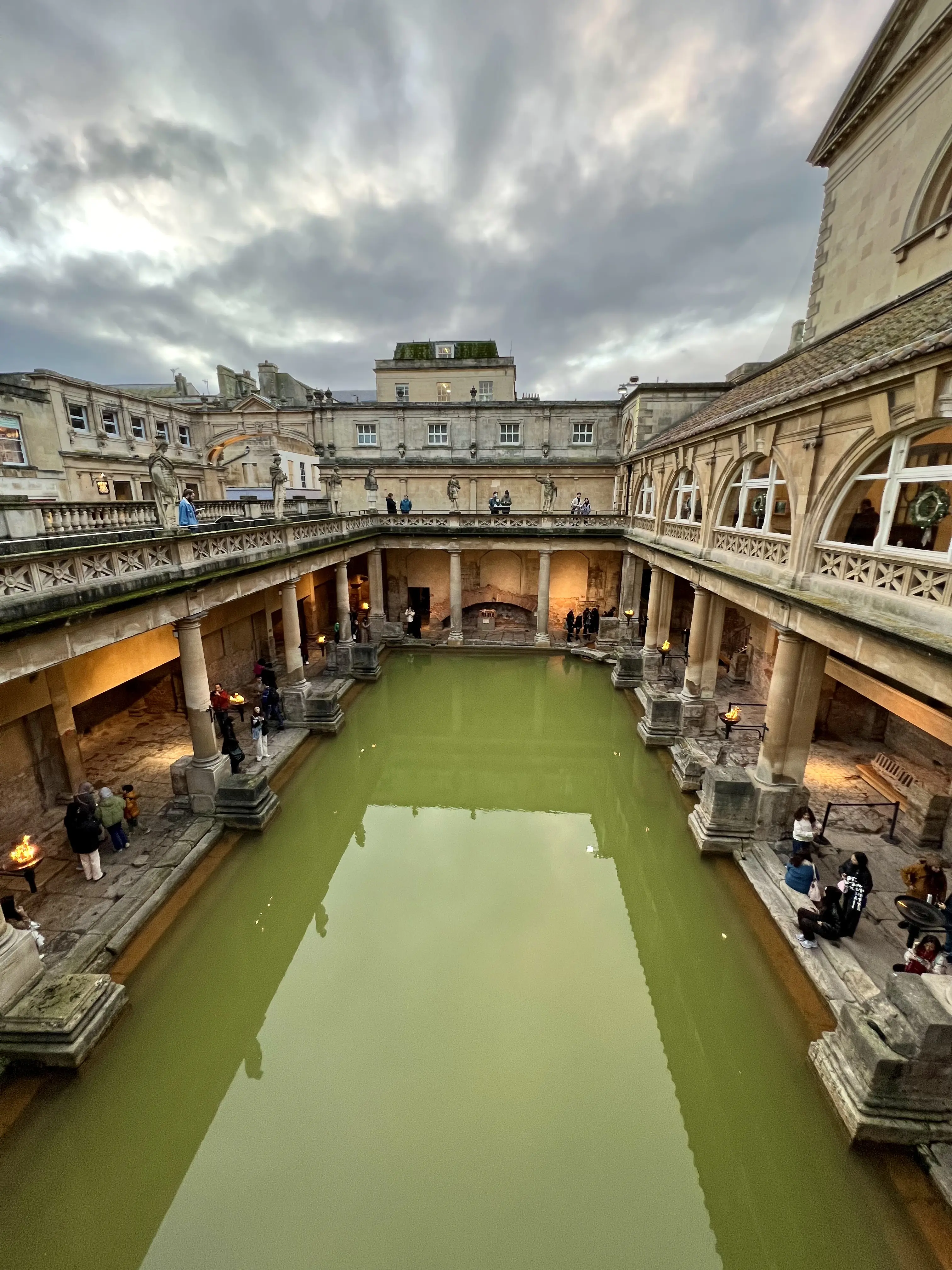
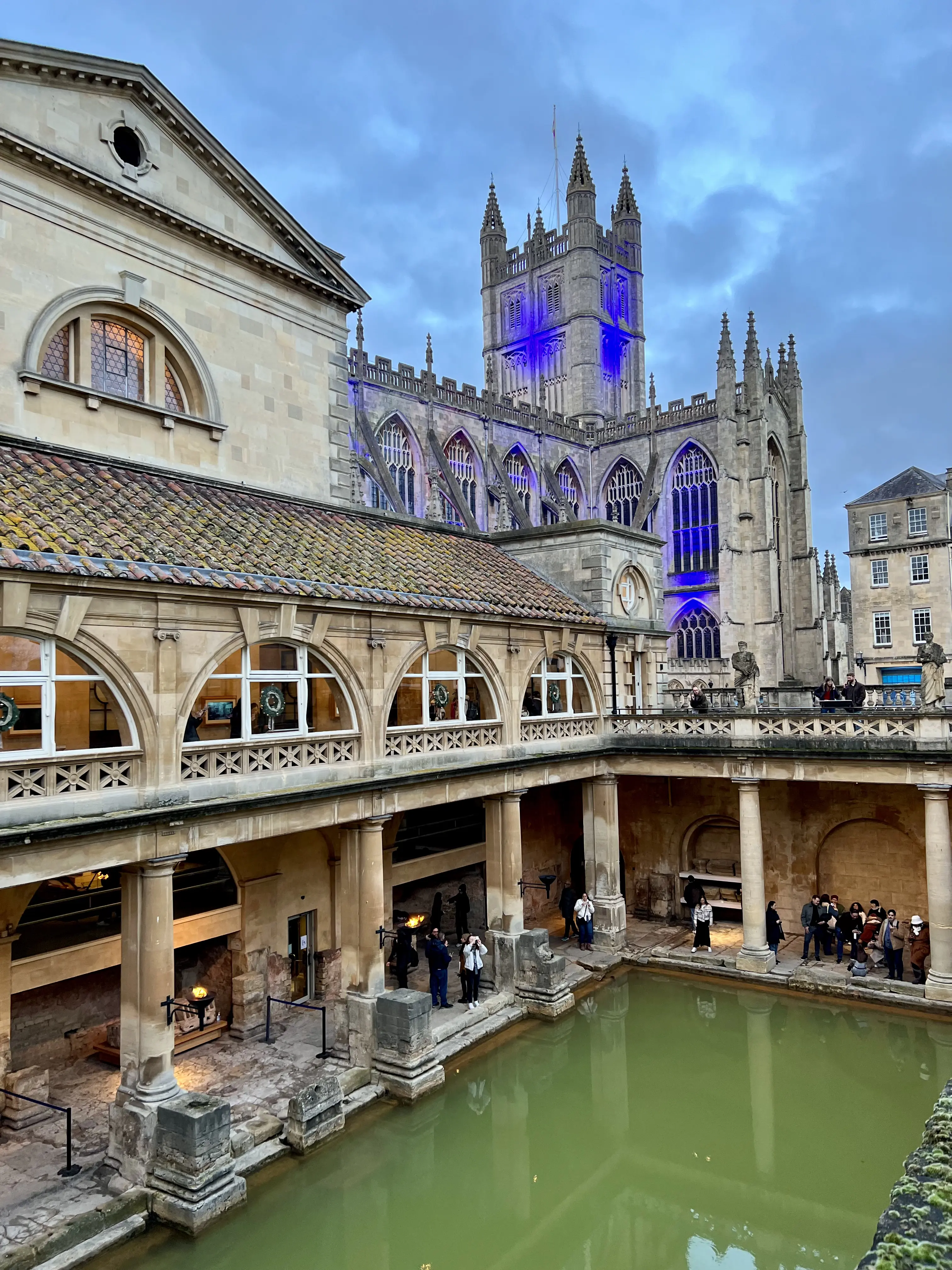
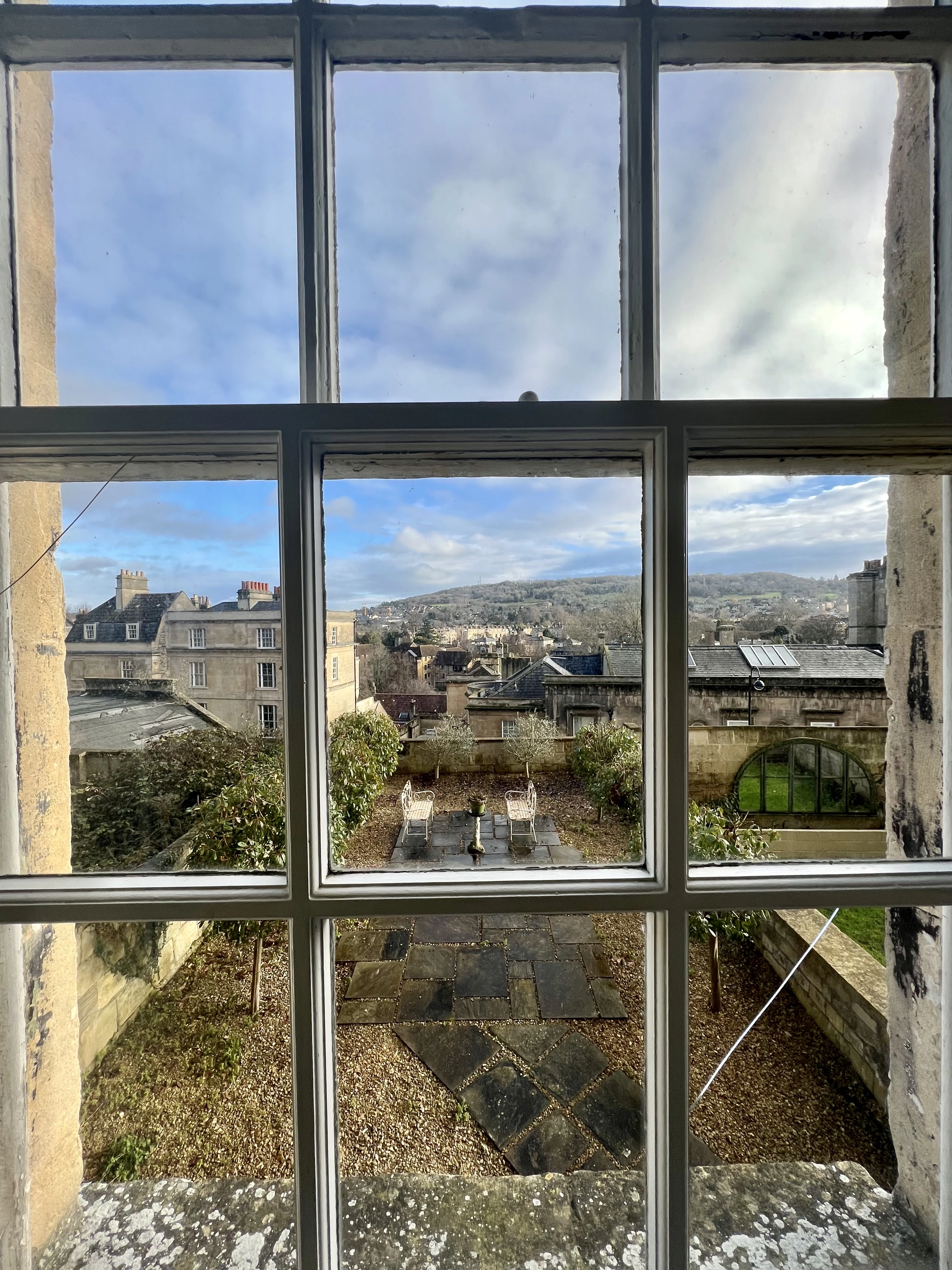
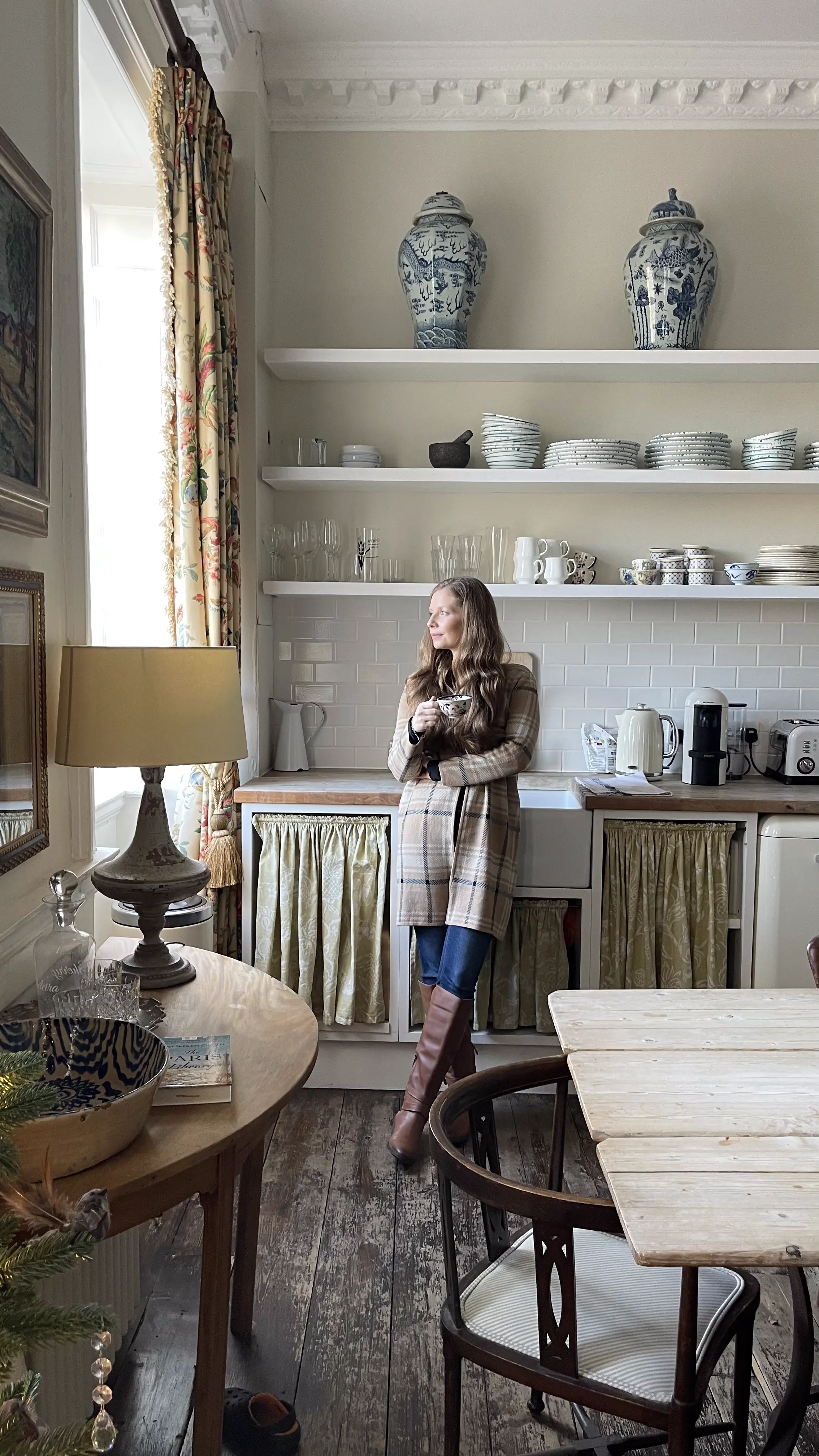
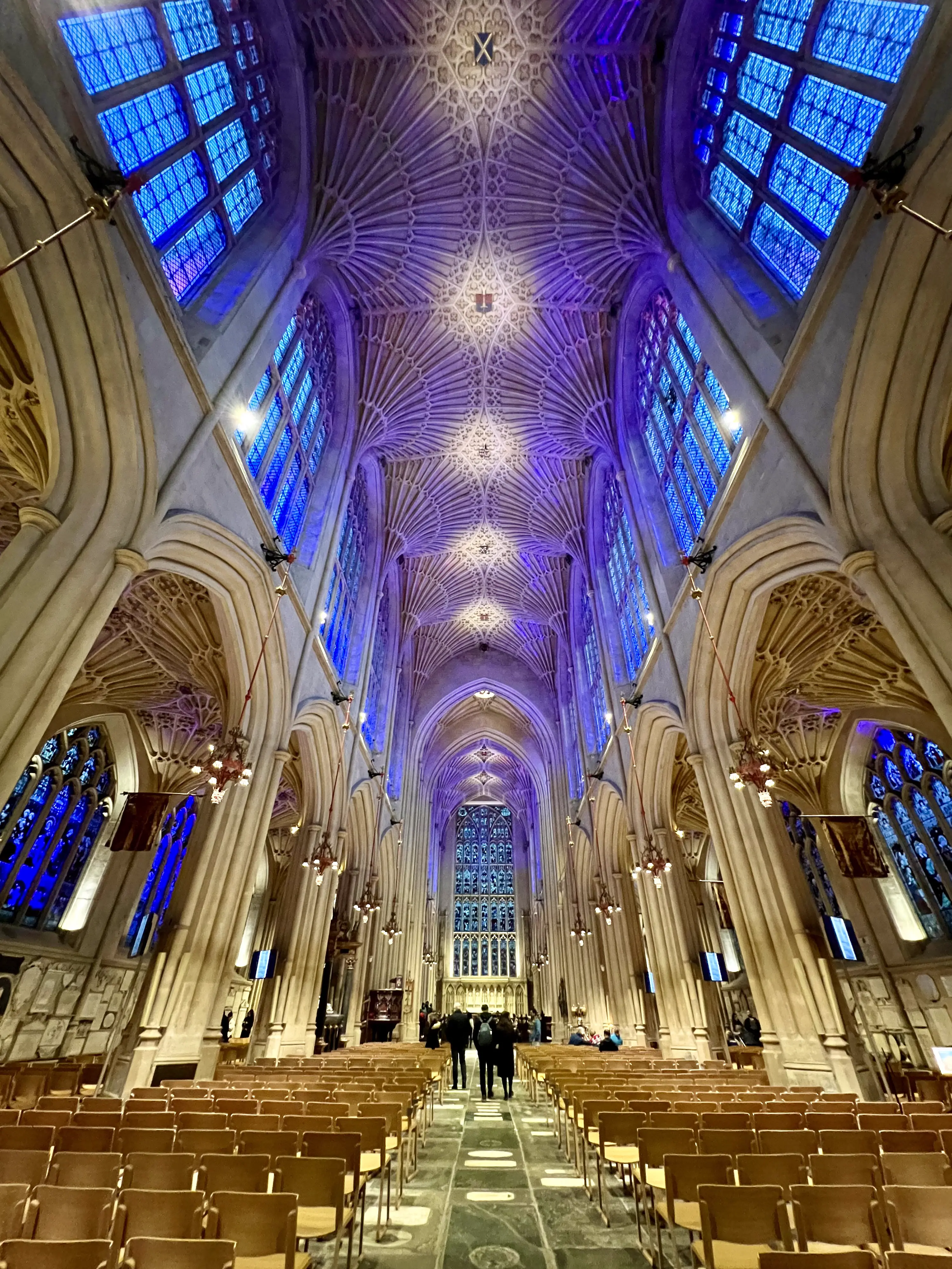
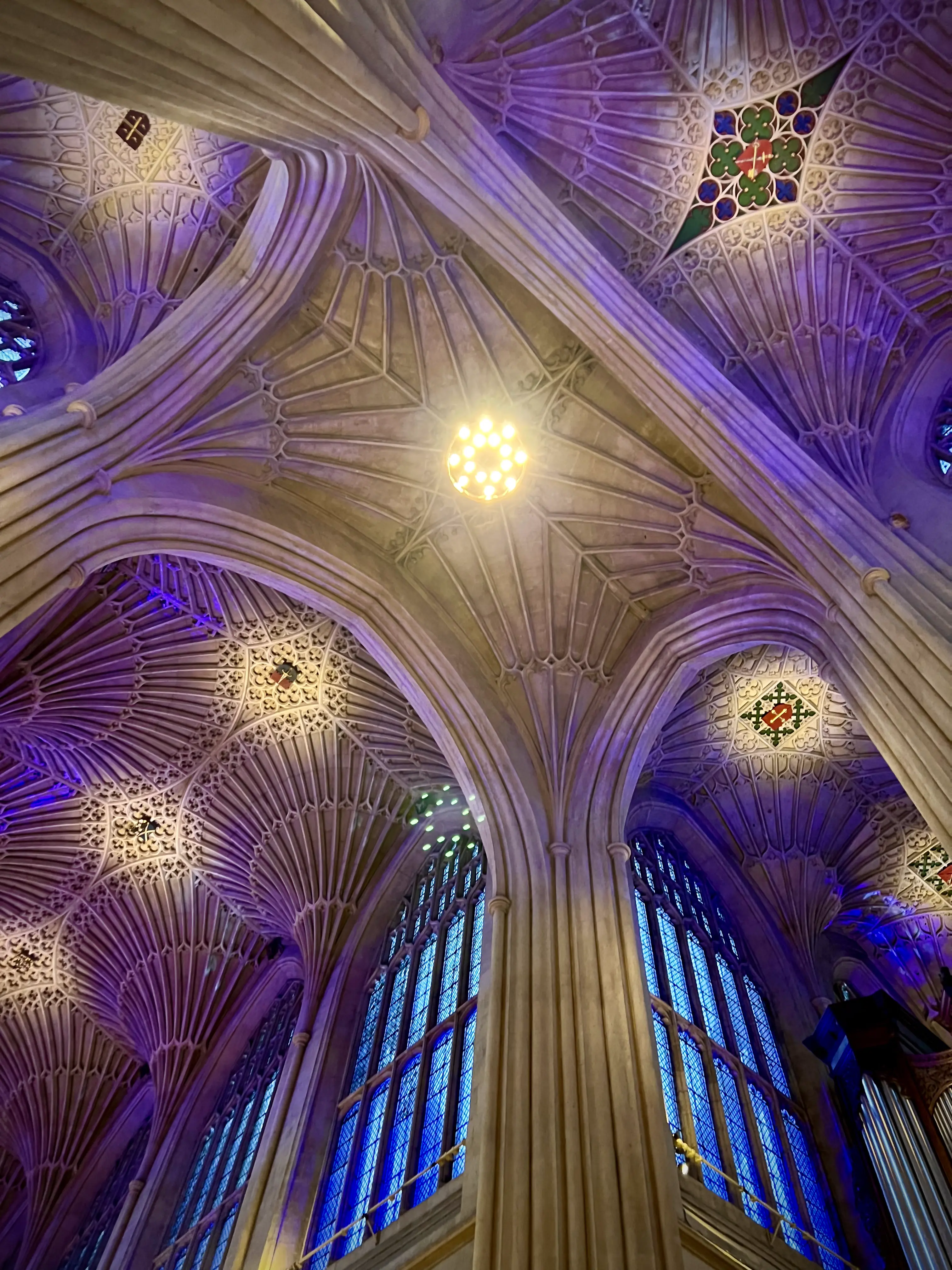
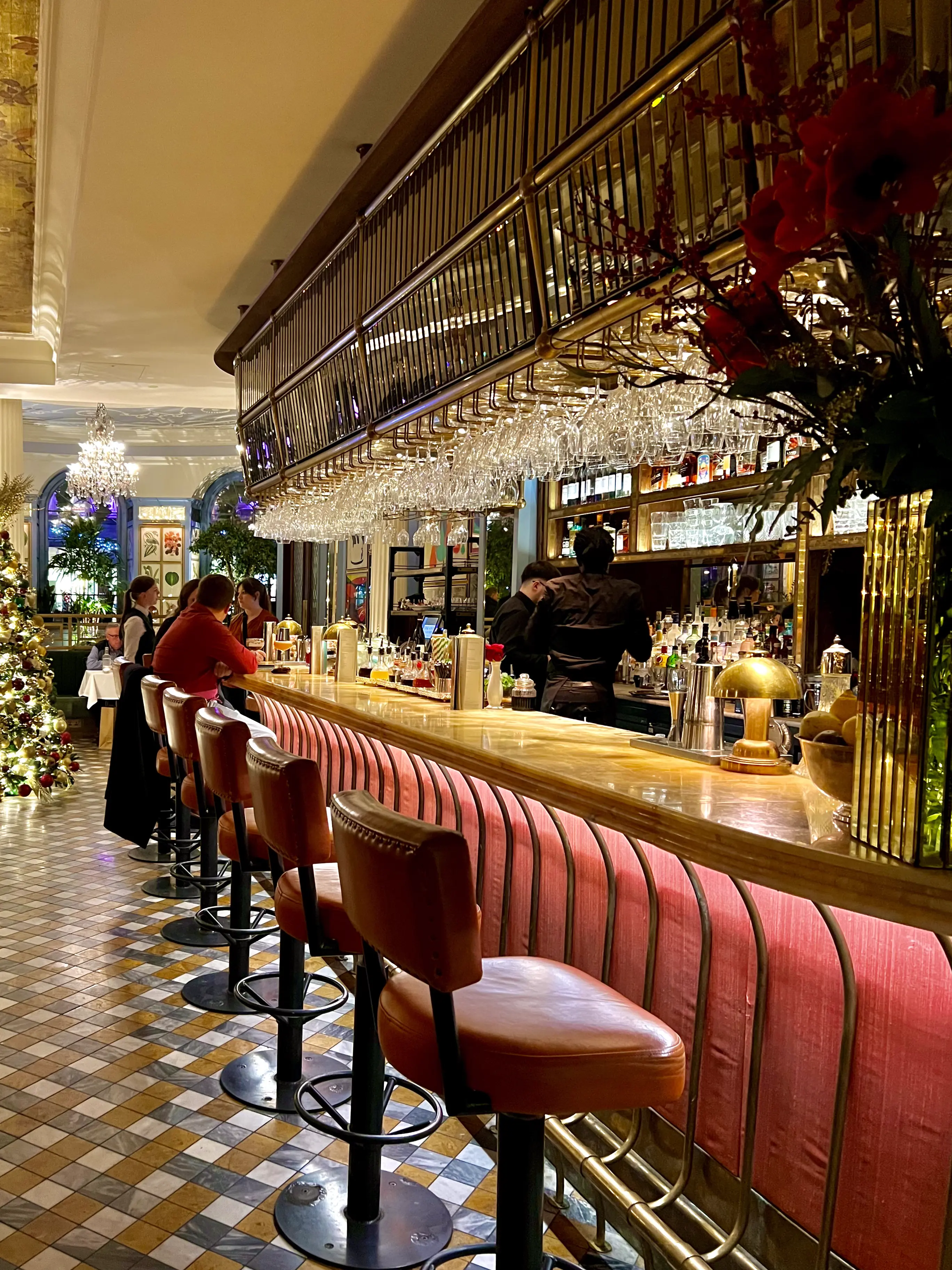
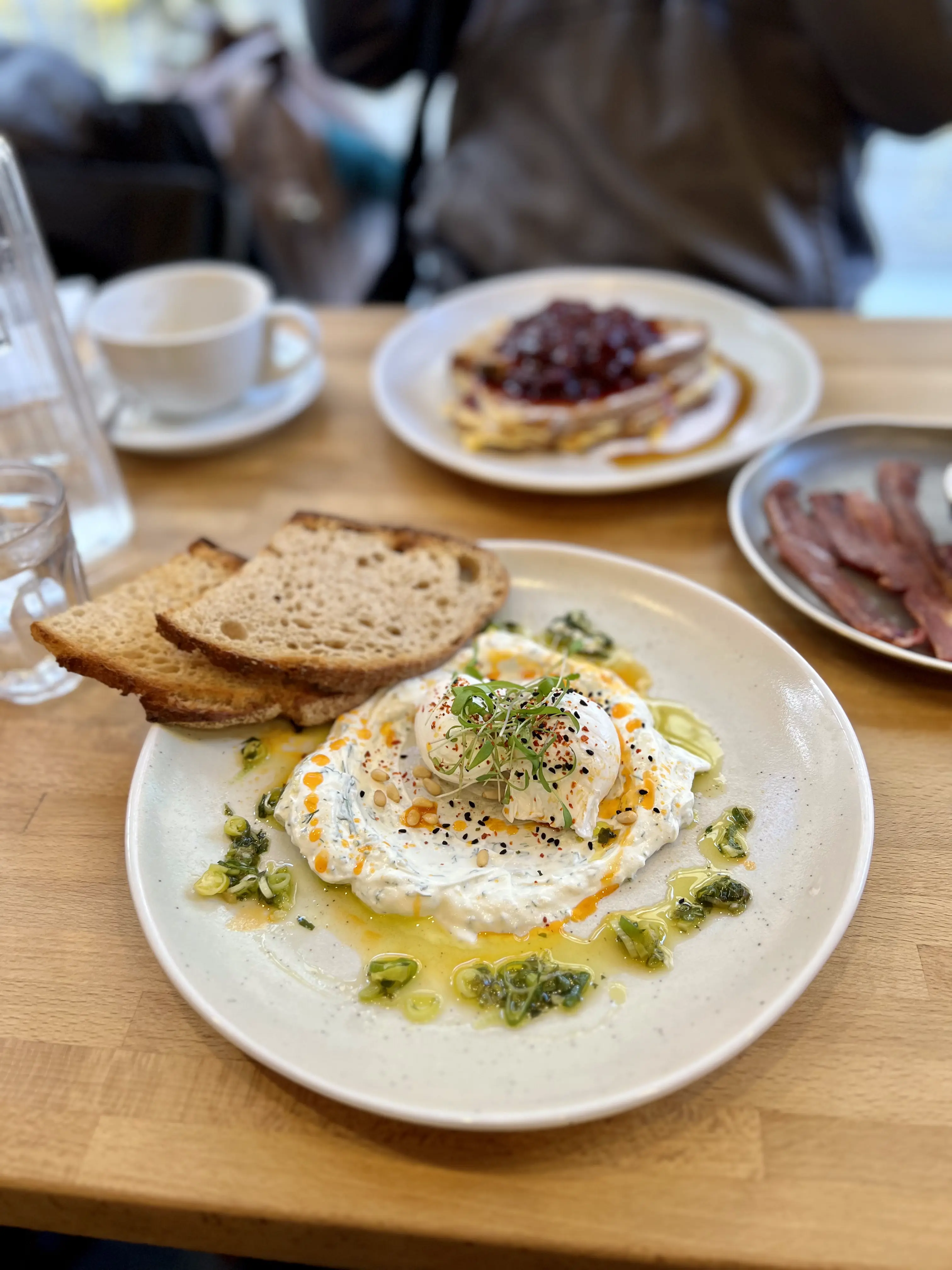










Comments